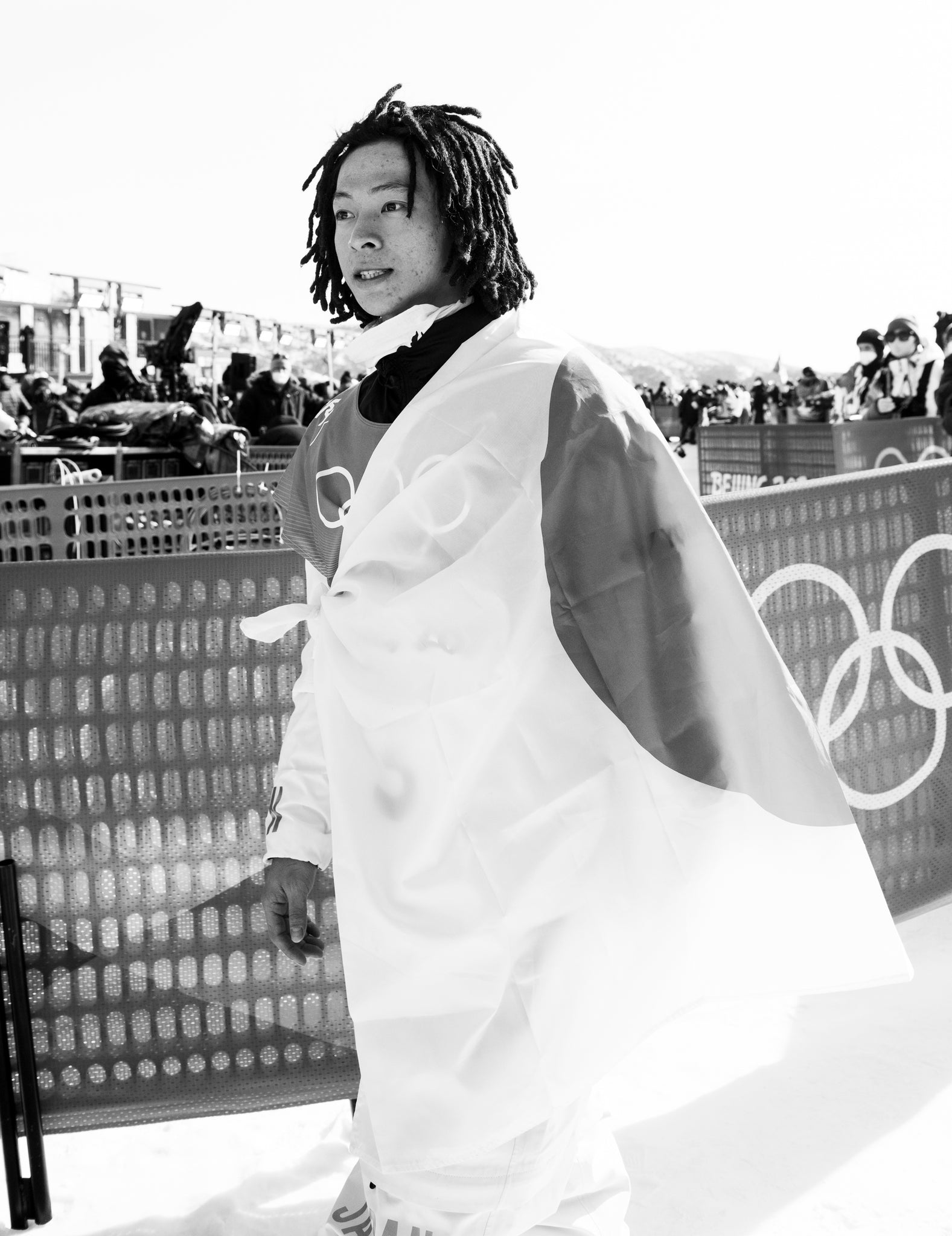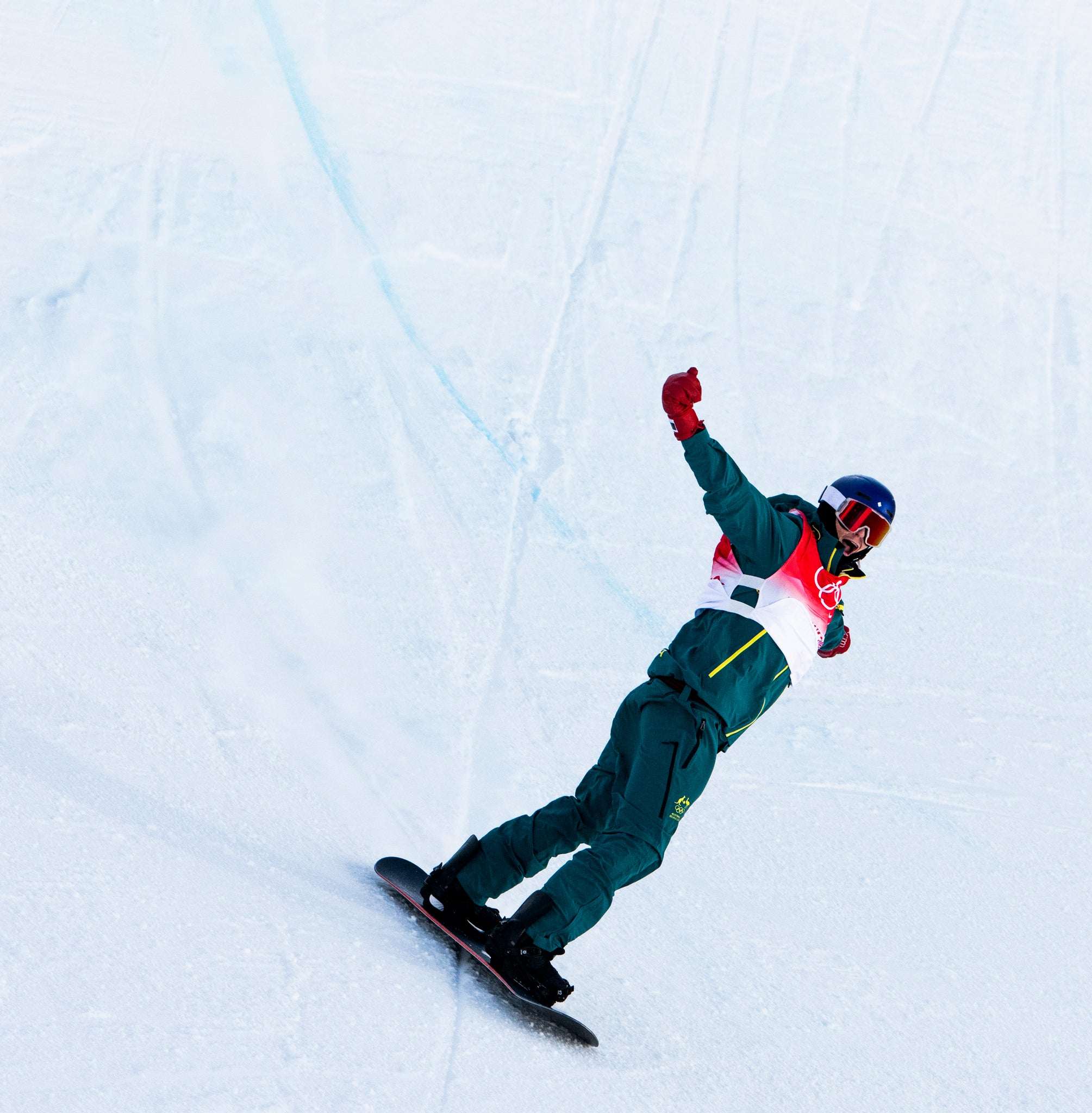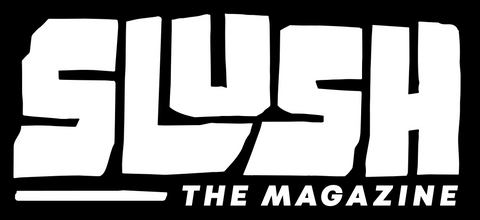
By Ed Leigh
Photos by Mike Dawsy
The ingredients were there for all to see and salivate over months before it played out:
A legendary pipe warrior legend taking his final bow on the biggest stage, threatening to do the unthinkable and steal a legendary win one last time (does this sentence need another legend?). An arms race for a competition ready triple and the tragic specter of Scotty James, a stunt ditch colossus whose utter dominance of halfpipe could come to naught in the face of the only prize he truly craves.
The stage was set for an epic showdown, all that needed to happen was to sit back and watch the action unfold. Unfortunately, the biggest gaff in snowboard history [OK buying Forum and nosediving it is debatable] was played out in front of a global audience just days previously when the judges missed a knee grab from Max Parrot that a professional football/soccer player would have been proud of. There have been numerous postmortems and acres of column inches given over to that subject, but still no one has taken responsibility.
For the record I think it’s evenly shared… The head judge should have stood up to the director’s demands for faster scores, the FIS should have demanded a credible broadcast crew, the clueless director should never have been there and Max should have held his hand up because he knew what he’d done. Maybe not there in front of the glare of the cameras, but afterwards backstage, when the shouting no doubt started, he could have declined to accept the medal. It would have shown immense character, beyond, incredibly, everything he had overcome up to that point. Imagine the love and respect…

I digress, the important thing is that this subtext of the judges’ integrity would serve as cannon fodder for the commentators all waiting with bated breath and moist mics for the greatest halfpipe final of all time.
The twelve finalists’ first runs gave us a glimpse of the diversity that has made men’s pipe so compelling over the last four years. Taylor Gold and his double chuck 10, switch McTwist and cab 10 roast beef combo, Chase Josey’s effortless switch game-linked cab 12 to switch back 10, Jan Scherrer’s 14s blended with stupidly high risk alley-oop spins, the NASA-sponsored runs of 16-year-old Valentino Guseli, the savant switch backside game of Scotty James and Shaun, and Ayumu’s toe edge big spin battle that has driven pipe riding into the ionosphere.
At the start of the second run, Taylor Gold led having landed a beauty; Valentino had shown up in Zhangjiakou air space to take second; we’d seen Shaun Lite™ and essentially his 2010 Vancouver winning run to put him in fourth, while both Ayumu and Scotty had misfired, languishing menacingly in ninth and tenth respectively.
As we drew toward the close of the second runs we reached a clutch moment. Scotty was the penultimate rider to drop and he unleashed the second best run in his locker:
Switch backside 1260 indy, cab 1440 melon, frontside 900 tail, backside 1260 Weddle, frontside 1440 tail. He landed every trick within a meter of the coping either flat base or already on an edge. It was damn near perfect. The judges offered up a 92.50.

Ayumu was growing impatient. He wanted to assert himself on the final and went all in:
Frontside 1440 triple truck driver, cab 1440 Weddle, frontside 1260 frontside grab (with a side of boot), backside 1260 Weddle, frontside 1440 tail. The top half of the run was strong, but as it progressed, it began to unravel with a boot grab on the front 12, a flat landing on the back 12 and an under rotation on the 14. The score took just over a minute to arrive, almost perfectly on time as the replays finished—91.75. Translation: There was limited to no debate between the judges and the head judge didn’t see an issue.
The reaction from some camps was immediate. The ever-sharp, debonair wit of NBC’s Todd Richards abandoned all restraint and went straight to Karen hysteria level 8, calling out a catastrophic judging error. Maybe not the most dignified response, but in the words of Pat Bridges, “great TV.” Craig McMorris was a little more reserved and questioned the decision. There was a similar vibe in the BBC booth with Tim Warwood and I. These responses were parroted by a global audience, and the prospect of the judges being the headline instead of the athletes once again loomed large. Thankfully, Ayumu put the argument to bed with an immaculate third run to claim gold. But the question still remains: did we narrowly avoid another miscarriage of snowboard justice?

I think it’s worth breaking down, because now, with the benefit of hindsight, it appears that the judges showed consistency and reasoning in their scoring. There is also the perennial Olympic issue of the broadcast coverage that I believe helped create an audience bias in favor of Ayumu.
Let’s start with the scoring. The judges work on overall impression in pipe using the acronym D.A.V.E. (difficulty, amplitude, variety and execution) to help guide them. At first glance, Ayumu’s run appears to trump Scotty on difficulty. “It’s got a triple for fucks sake!” I hear you cry, and you’re right. A triple is mental, but it’s closer than you think. The key is Scotty’s first hit, the switch back twelve. In pipe, it’s all about the law of diminishing returns. The theory is that tricks are only special while they are rare. We saw it with tens, back-to-back tens, then double tens, twelves, fourteens and finally, the triple. When only one person has them they are revered; once the pack catches up, they lose their appeal for the judges. Scotty has had the switch back twelve for five years and no one, NO ONE else has it. Think about that for a second. It’s almost unheard of in action sports, a trick so valuable being the sole preserve of one rider for half a decade! That gives you an idea of just how hard that trick is. Multiply that by the fact that Scotty has it on lock first hit, just as big as the triple, and you can see that it will stand up. The remaining four hits are equal in terms of difficulty, save for Ayumu’s twelve over Scotty’s nine. So on my and everyone’s score card, Ayumu has the upper hand here, but it was far from a white wash.
Amplitude is very difficult to measure from a viewer’s perspective (more about that later), but I spoke to the judges, who had a separate feed, and they saw consistent height all the way through Scotty’s run. Ayumu blasted the first two hits and then, as the landings got flatter or more untidy, the amplitude dropped.
Variety is the key category, however, and the most easily overlooked. Variety takes into account the diversity of grabs and spins. Ayumu spins off his toes (cab or frontside) down the pipe for four of his five hits, and the only one that isn’t, the back twelve, was by far his weakest hit in his second run. Scotty spins all four ways and also has two tail grabs and subtly, a melon on his cab 14, which may be a between-the-feet grab, but it holds the leading shoulder out of the spin. And it is a big spin, so it makes an already hard trick that much more difficult. Compare that to Ayumu’s FS/boot, a Weddle and a Weddle with a side of body grab, a truck driver, and a tail and it’s very clearly another category to Scotty.

Which leaves execution, and as I’ve already pointed out, Scotty was damn near perfect, Ayumu was less than, so if you’re keeping score, it’s 1-3 to Scotty in categories. This is obviously simplified in the extreme, but it does give a decent indication. In the booth the judges were split 3-3 between the two riders, check out the chart.
|
Judge |
Scotty |
Ayumu |
|
Canada |
94 |
90 |
|
USA |
91 |
89 |
|
France |
93 |
92 |
|
Japan |
93 |
95 |
|
Sweden |
92 |
96 |
|
Switzerland |
90 |
92 |
The Canadian, American and French judges rewarded Scotty’s execution, while the Japanese, Swedish and Swiss prioritized the technical onslaught of Ayumu’s run.
Whatever you say, whatever you think, you have to accept that these judges watch more pipe riding, and discuss in more depth the runs that we’re seeing than we ever will. The fact that they were split evenly between the two riders shows you what a brilliant final this was. Two completely different runs that put themselves in contention on different merits.
But I believe that the precedents set in women’s and men’s slope (excepting Max) saw execution put at a premium, so it’s logical when continuing that theme that Scotty would come out on top.
The final point to address is one of the central culprits in the Max debate, the TV coverage. In slope, the sheer size of the field of play means the judges have to rely on the Olympic Broadcast Service (OBS) feed. In pipe they have their own dedicated feed and replays so they can see everything without the “creative” input of a director. Commentators however are still left on the OBS feed, and at the mercy of its inconsistencies, which in the case of Scotty and Ayumu, were glaring. On every single run, Ayumu’s triple was given the highest honor of the judges angle, the long lens looking up the pipe, which gives you the trick and its amplitude in all its glory. In contrast, Scotty’s first hit on the other side of the pipe was filmed from above using a jib arm. The effect was to flatten the trick completely and make it look like a set-up, even to seasoned voices like Todd. That meant while the judges could compare each hit directly, we as viewers were given an unfair and unconscious bias towards Ayumu.
So that’s my perspective, do you agree? Christ, if you made it this far then you deserve a medal and it’s time to start wiping before the poo dries out. But the simple fact remains that I wanted to write this piece and you wanted to read it because it offers us a chance to once again indulge ourselves in one of the greatest snowboarding contests of all time. I hope to god that we see it’s like again and get to chew over the juicy details in the same way. The cynic in me says that pulling together both the level of physical progression and the incredible narratives that had built up around the riders in one perfect moment is too much to ask.. But if snowboard history teaches us anything, it’s that everything is possible.



















